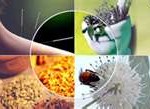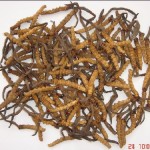 A while back I wrote about a type of mushroom called Cordyceps used in Chinese medicine which sells for $100.00 an ounce or even more. (Click here for that article) Here’s one reason this herb/fungus is such a prized possession. The very prestigious, University of Nottingham just published the findings from researchers there who have discovered how this mushrooms works within our bodies.
A while back I wrote about a type of mushroom called Cordyceps used in Chinese medicine which sells for $100.00 an ounce or even more. (Click here for that article) Here’s one reason this herb/fungus is such a prized possession. The very prestigious, University of Nottingham just published the findings from researchers there who have discovered how this mushrooms works within our bodies. New Cancer Treatments Possible Via A Very Special Mushroom
 A while back I wrote about a type of mushroom called Cordyceps used in Chinese medicine which sells for $100.00 an ounce or even more. (Click here for that article) Here’s one reason this herb/fungus is such a prized possession. The very prestigious, University of Nottingham just published the findings from researchers there who have discovered how this mushrooms works within our bodies.
A while back I wrote about a type of mushroom called Cordyceps used in Chinese medicine which sells for $100.00 an ounce or even more. (Click here for that article) Here’s one reason this herb/fungus is such a prized possession. The very prestigious, University of Nottingham just published the findings from researchers there who have discovered how this mushrooms works within our bodies. 

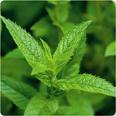

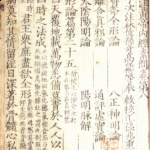
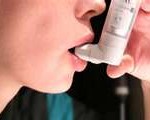
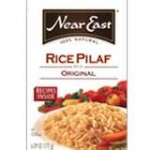
 The American Academy of Otolaryngology – Head and Neck Surgery Foundation (AAO-HNSF) says Tai Chi can help your dizziness and balance disorders. Tai chi is a form of Chinese martial arts often practiced for its health benefits. Practiced widely in Asia it can be an effective treatment option for patients who suffer from dizziness and vestibular disorders.
The American Academy of Otolaryngology – Head and Neck Surgery Foundation (AAO-HNSF) says Tai Chi can help your dizziness and balance disorders. Tai chi is a form of Chinese martial arts often practiced for its health benefits. Practiced widely in Asia it can be an effective treatment option for patients who suffer from dizziness and vestibular disorders. 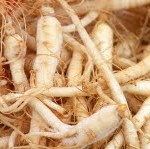 Ever since Dr. Oz’s interview in Esquire magazine (Dec. 09) I’ve been fielding a phethera of questions on ginseng. Thanks Dr. Oz, I’m always happy to talk about the Chinese herbs I love. It’s an added bonus that the best American Ginseng is actually grown in Wisconsin, my old stomping grounds. I also love to buy American whenever possible.
Ever since Dr. Oz’s interview in Esquire magazine (Dec. 09) I’ve been fielding a phethera of questions on ginseng. Thanks Dr. Oz, I’m always happy to talk about the Chinese herbs I love. It’s an added bonus that the best American Ginseng is actually grown in Wisconsin, my old stomping grounds. I also love to buy American whenever possible.